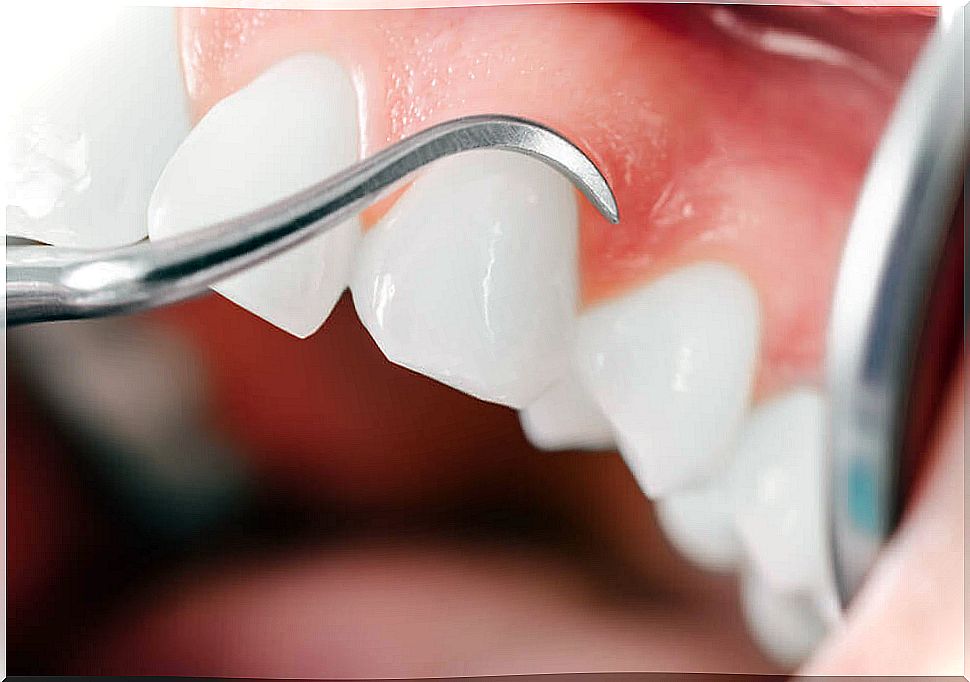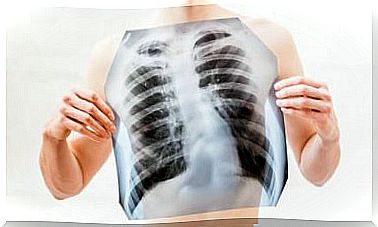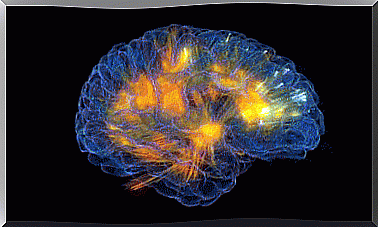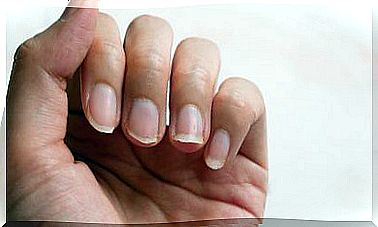Periodontitis: Everything You Need To Know
Periodontitis is inflammation of the periodontium (the region near the teeth). It affects the tissues that support the teeth, including both the gums and nearby ligaments. In some cases, when left untreated, it can affect the alveolar bone, which supports the base or root of the teeth.
The disease progresses progressively, deteriorating the aforementioned tissues. The teeth then lose their grip and can easily shift until they eventually fall out. This is the most common cause of tooth loss in adolescents or adults.
Symptoms of periodontitis

Periodontitis has the following symptoms:
- Halitosis.
- Changes in the color of the gums. They are bright red and slightly purple in color. The patient may also suffer from sensitivity in the area that becomes intense pain with the progression of the disease.
- Frequent bleeding and inflammation of the gums (gingivitis). Bleeding can occur during brushing (even very light) or spontaneously.
- Gingival recession. The gums are damaged and retract, causing the teeth to appear more elongated.
- Progressive mobility and tooth loss.
Causes of periodontitis
On the other hand, these are the most frequent triggers of this disease:
- Gingivitis. Abnormal swelling of the gums. If left untreated, it can worsen to periodontitis. It usually develops from the accumulation of tartar on the bases of the teeth. Eventually, microbes build up and begin to produce toxins that affect the gums.
- Smoking This habit damages the tissues that make up the oral cavity, increasing the risk of developing certain diseases in it.
- Hormonal alterations As a general rule, the gums become more sensitive and susceptible to forming dental pathology.
- Diabetes. Periodontitis can appear as an early symptom of this disease.
- Certain pathologies. For example, AIDS and several subtypes of cancer can present this alteration throughout their evolution.
- Certain medications Some drugs cause a reduction in the amount of saliva in the oral cavity. Saliva contains certain substances that protect our tissues from microbes. This decrease produces a lower defense of our teeth.
- Genetic factor. If there is a relative in your family who has suffered from this problem, the corresponding doctor must be informed. These people have a higher probability of developing the condition, that is, an inheritance of the altered genetic material can occur.
Diagnosis of periodontitis

In order to carry out the diagnosis, it is necessary:
- Perform a physical examination, to check the abnormal recession of the gum, observe the large accumulation of dental plaques or tartar on the roots of the teeth, among other issues.
- Request X-rays, where the reduction of the support of the teeth or its absence can be appreciated.
Other tests may be needed to find out if there might be some other underlying disease. In the event that the presence of any is confirmed, the treatment will be one or the other.
Treatment of periodontitis
The treatment of this disease consists of professional cleanings and a series of measures that the patient must comply with. In some cases, it may be necessary to resort to the use of antibiotics and, in more extreme cases, surgery to extract some teeth.
It is very important to remove tartar from the surface of the teeth.
Prevention measures

Likewise, we can adopt a series of measures that will reduce the risk of suffering this alteration. We include good dental hygiene that is achieved through frequent brushing, the use of mouthwashes and check-ups at the dentist.
Other recommendations would be to avoid smoking and alcohol consumption, maintain a healthy lifestyle that includes a diet and adequate hydration.









